
10 Animals That Love To Get High
Humans love to get high - and apparently animals as well. While we‘re alway busy enjoying and exploring new highs, many animals have become proficient stoners themselves.
Elephants - Alcohol and Iboga
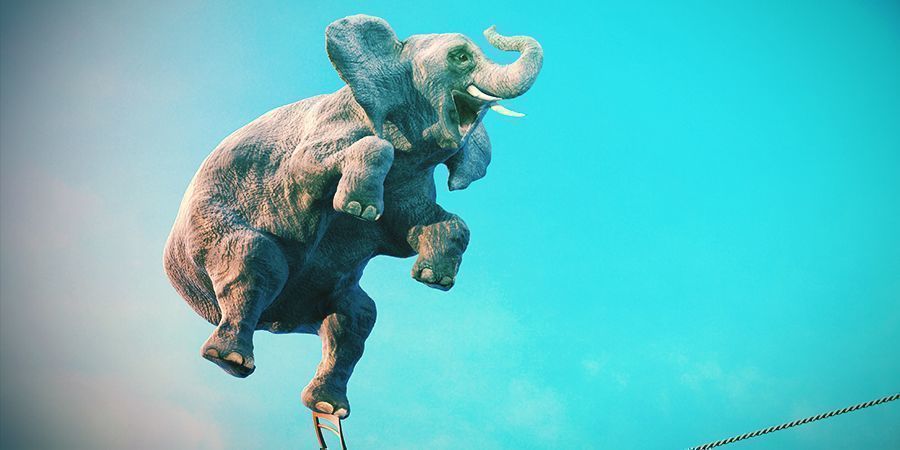
Elephants are very intelligent and socially complex animals. They mourn the death of a family member, feel emotions such as joy and depression, and teach their young in order to pass knowledge down through the generations. What this means though is that elephants can learn what gets them high, get enjoyment from it, and then teach their young to follow suit!
Elephants have learnt that over ripe and fermenting fruit, such as that of the Marula tree will get them drunk. Whilst the idea of elephants stumbling about in a drunken haze may be amusing to some, it is actually causing an increasing alcoholism problem amongst elephants in both India and Africa.
What’s more, because elephants are pretty intelligent, and because of increasing interactions between our two species, they have learnt that where there are humans, there is also alcohol. What makes this scary is that elephants are mean drunks! There are reports of groups of elephants literally raiding and destroying villages in the drunken rage in their continuing quest for booze.
When it comes to drugs, elephants have also acquired a taste for the iboga plant, a powerful hallucinogen. They will eat it to get a pleasurably trippy high whenever they find it, and because the young learn from the old, it becomes a family event.
Bees - Alcohol
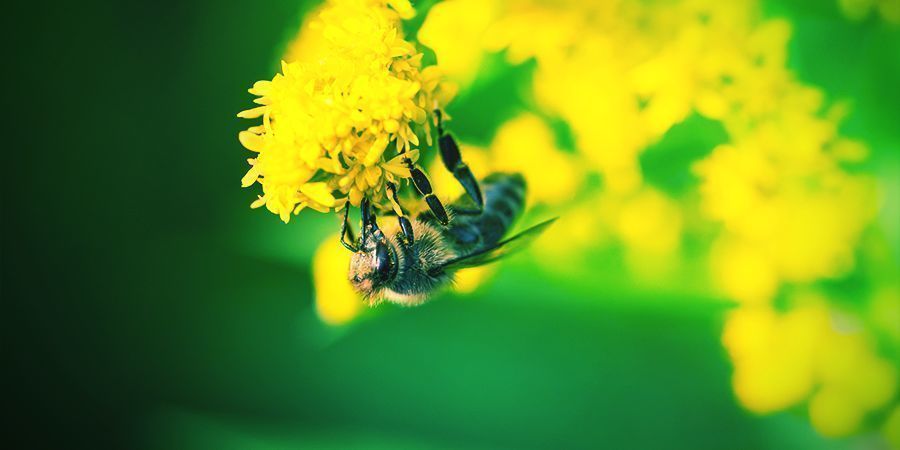
Turns out the life of a worker drone is not all it’s cracked up to be, who’d have thought it, right? And what do they turn to in order to take some of the weight from their shoulders? Well, alcohol of course! Scientists have found that bees seem to have a natural draw to the sweet embrace of fermenting fruit and sugars. They have also found in lab studies, where constant supply is given, bees will develop an alcohol addiction.
The only thing that appears to be stopping them from developing severe problems in the wild is the pressure of the hive to keep feeding the colony... and possibly the bouncers. No joke. The bees whose usual job it is to keep out unwanted pests from the hive, such as wasps, will also stop drunk members of the colony from entering until they sober up. Reports suggest they even go as far as to chew off the legs of repeat offenders – that will certainly teach them a lesson.
Wallabies - Opium
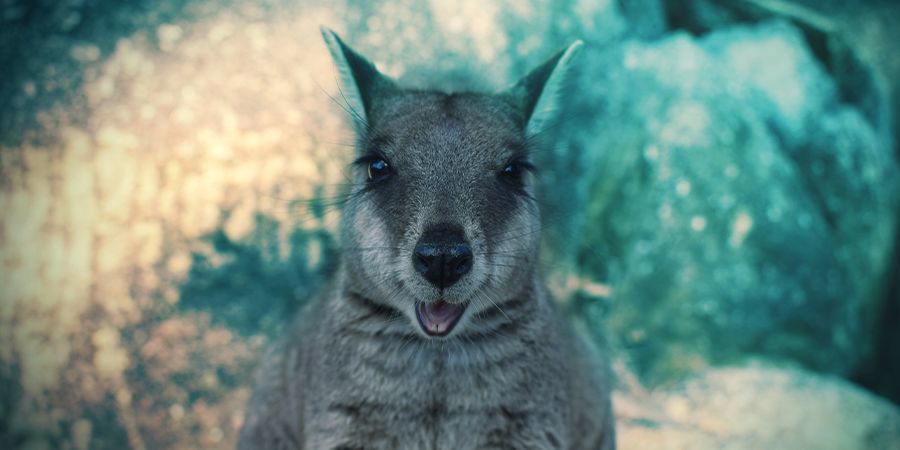
Within the last few years there have been growing reports of Australian wallabies ransacking medical poppy fields. Australia is responsible for supplying 50% of the world’s poppy/opium to be used in the creation of medication such as morphine and other pain killers. These willing marsupials have learnt that these crops can act as more than just a source of food. Reports describe how the wallabies will gorge themselves on the poppies, spending the rest of the day hopping around the field, creating crop circles whilst “as high as a kite”.
Horses - Locoweed
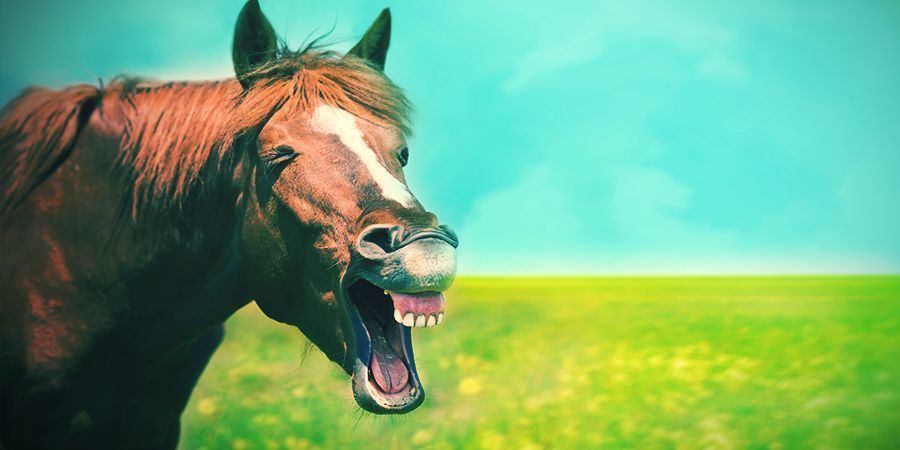
Locoweed is a family of weeds that can be found in North America. It is a mind altering drug that is highly addictive to horses. What is sad about this weed though is that it is also poisonous. It is reported that during the harsher winter months, locoweed is one of the only things that will grow - giving some horses that are left in paddocks very little option but to eat it.
They will start off eating it like they would anything else – for its nutritional value, but they soon end up getting hooked and actively seeking it out. The constant consumption of locoweed will kill a horse over a few years, so ranchers have to keep a close eye out. Detoxing a horse can also be a very dangerous affair - much like as with humans, withdrawal symptoms can really bring out the worst in them. Most owners have to keep their horses sedated until it has fully left their systems.
Bears - Mushrooms and jet fuel
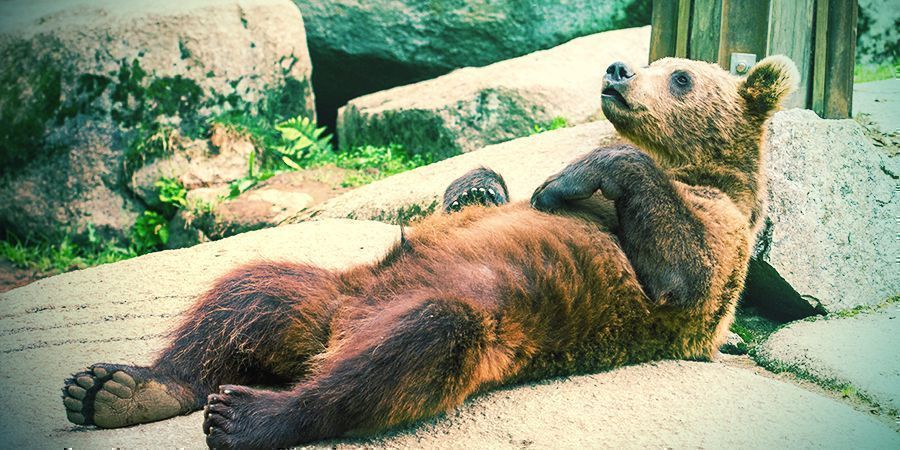
Whilst sounding like quite the combination, this is not something that happens in tandem. There are reports that bears have been eating Amanita muscaria in order to get high - presumably in North America where this type of mushroom is most commonly found. This is however, has very little real evidence to back this up.
What there is evidence of, is bears getting high off of jet fuel in Russia. Apparently bears are bears are sniffing empty cans of kerosene and gasoline left at the Kronotsky Nature Reserve in the far east of Russia. The fuel is used to power helicopters used by the reserves workers, but the bears have found a much better use for it. They have been documented to taking huge whiffs of it, dig themselves a shallow hole and then lie in it on their backs, legs and arms outstretched in a sedated stupor.
Bighorn Sheep - Narcotic lichen
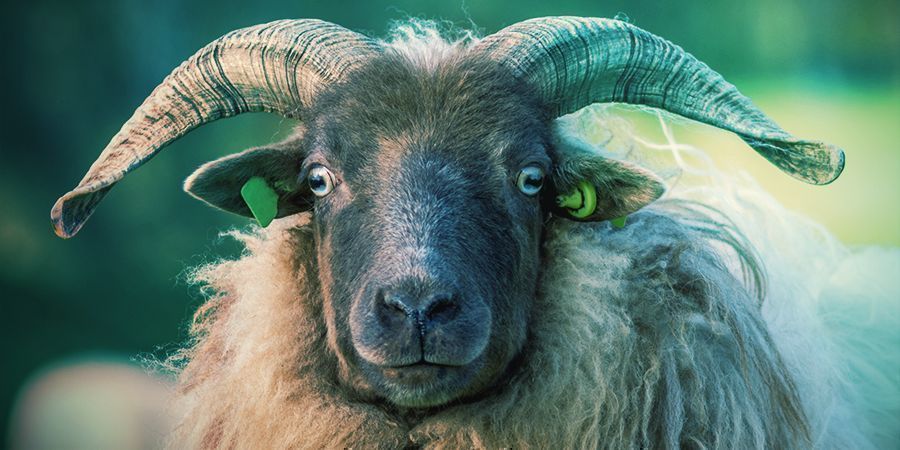
Within the rocky wilderness of Canada lives a very unique and rare species of lichen, a lichen that has potent psychedelic qualities. Because of its rarity it is extremely hard to find, it is reported to take decades to grow, even on a single rock. However, it appears to be a rare find worth pursuing – the bighorn sheep that are native to the area will risk life and limb to get it. What is really surprising though is that the lichen has absolutely no nutritional value for these sheep, they are literally chasing a high.
Reindeer - Fly Agaric
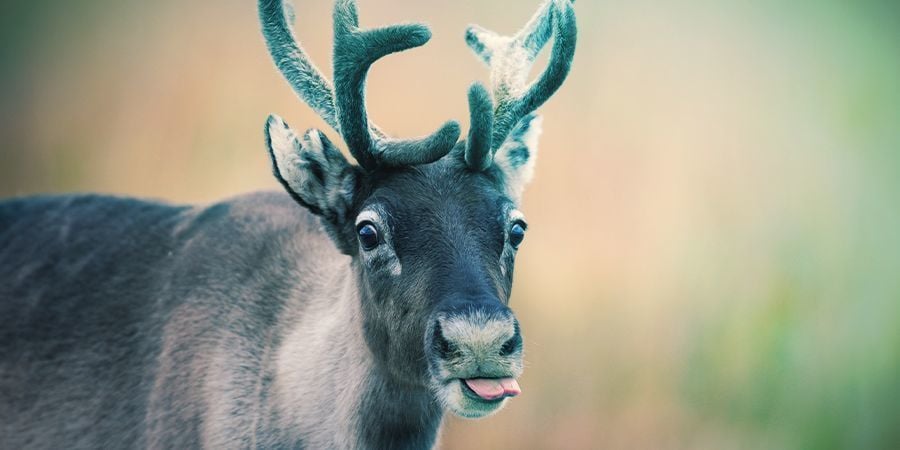
Reindeer are a hardy animal that can eat all kinds of vegetation to survive. It turns out one of the things they like to eat is Amanita Muscaria. But reindeer cannot actually metabolise the psychedelic compounds of the mushroom, which is why nordic shamans, who used mushrooms for spiritual visions, would feed the mushrooms to reindeer and then harvest their urine for later, psychedelic uses. In addition to this, it seems that the reindeer love the experience; scientists believe that reindeer actively seek out mushrooms to keep themselves occupied during the long winters.
Cats - Catmint
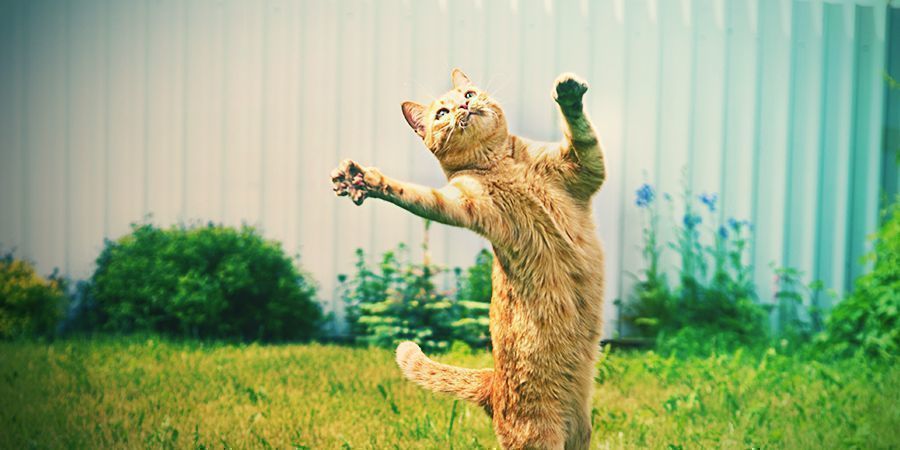
Catmint, a fairly common garden herb, seems to have some rather extraordinary effects on cats. The scent of it induces waves of pleasure, and they will come from far and wide to sit amongst it, rubbing, eating, and smelling its flowers and leaves. Initially, it is reported to have a playful effect on them, making them a lot more bouncy, and even sometimes appearing to chase imaginary objects.
However, as the chemicals begin to take hold it will make them much more... sensual. This is because the chemicals in catmint are very similar to those found in the urine of a tom cat staking his claim on a territory. What is odd is that the catmint will effect both sexes, getting them in the mood, whereas tom cat urine only effects females. It results on cats of both sexes writhing around on their backs, looking very high.
Capuchin Monkeys and lemurs - Hallucinogenic millipedes
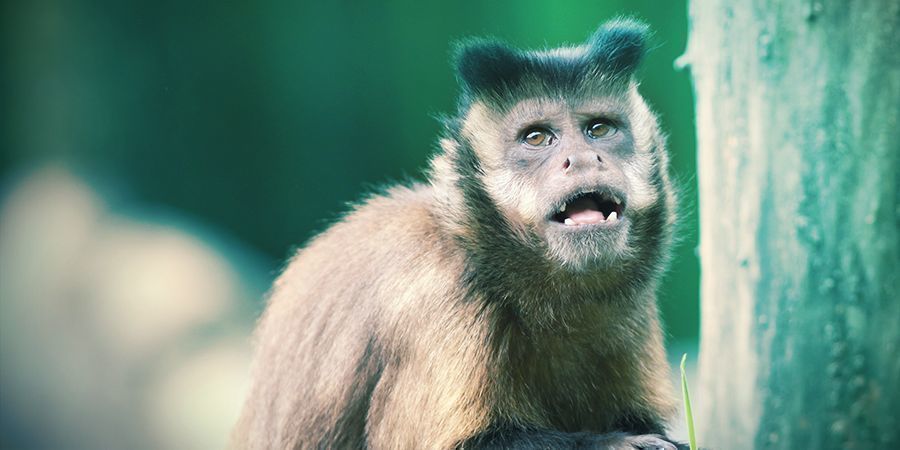
Both the lemurs of Madagascar and the capuchin monkeys of South America have learnt of the narcotic psychedelic qualities of certain types of millipedes. Several species of millipedes will secrete a poison when they feel threatened. Monkeys and lemurs have found out that they can cover themselves with this poison, warding off parasites and getting high at the same time.
However, nothing in life is free, and users of millipede venom certainly end up paying a price – it is also filled with cyanide. This means that the monkeys and lemurs run a very high risk of death when they dabble in millipede, but when has a little bit of danger ever stopped anyone?
Jaguars - Ayahuasca (Banisteriopsis Caapi)
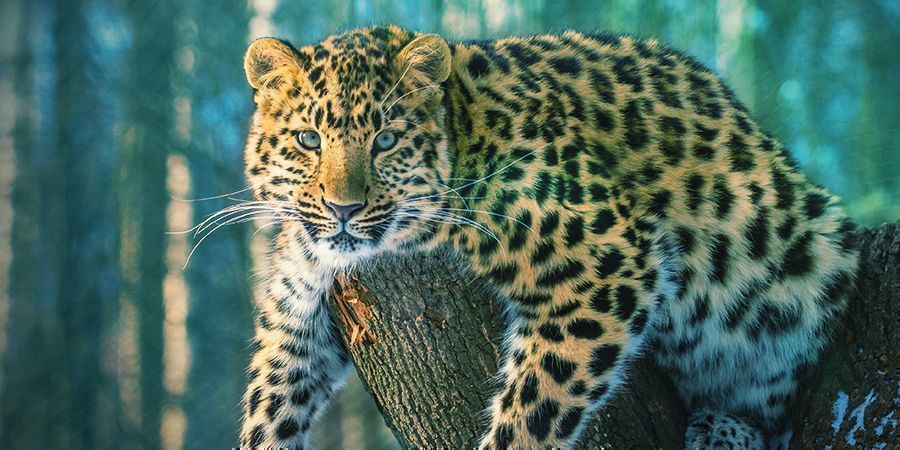
Jaguars, much like smaller cats, eat green vegetation to force regurgitation, thereby cleansing their digestive systems. But it appears this big cat discovered something that does more than just cleanse the stomach - caapi is to jaguars what catnip is to our domestic cats, they just can’t seem to get enough of it. It has them rolling around the rainforest floor, hallucinating and tripping out of their wits.
The caapi vine acts as an MAOI, heightening the senses, and in large doses, causing a psychedelic experience on its own. And indeed, among Ayahuasca explorers, the jaguar is considered a very special animal. It is said that with sufficient skill, a shaman can transform into a Jaguar - a much sought after power.





 United States
United States












